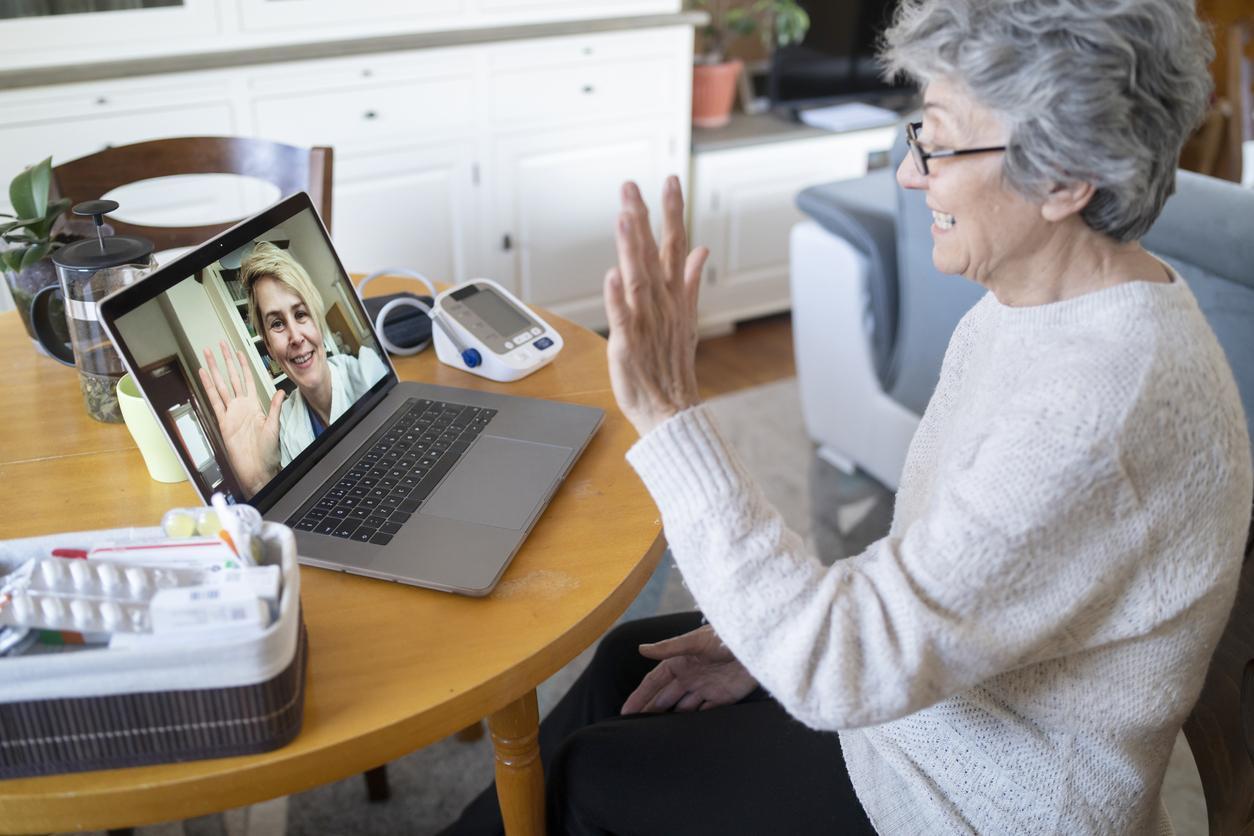Technology is becoming increasingly vital in healthcare, especially as the world’s population ages. By 2030, one in six people will be 60 or older. This translates to 1.4 billion people worldwide requiring access to quality medical care and assistance for day-to-day living.
Technology can help bridge gaps and provide solutions to ensure that the elderly receive the necessary care. This article explores the various ways that technology enhances care for the elderly.
Increasing accessibility of care
Technology makes care more accessible by providing virtual medical appointments and remote health monitoring. Mobile devices with applications can provide communication between elderly patients and medical practitioners, allowing for easier access to healthcare services. By leveraging technology, senior citizens have improved access to care without leaving their homes.
Improving the quality of care
New technologies, such as artificial intelligence (AI) and predictive analytics, are helping medical professionals identify potential health risks early. AI-powered robots can provide elderly patients with assistance in everyday tasks such as medication reminders and fall detection systems. Technology is also improving the quality of care by providing more accurate diagnostics and treatments based on data collected from medical devices.
Increasing telemedicine allows older patients to get real-time care from any location. Remote monitoring systems allow medical practitioners to stay in contact with senior citizens and monitor their health in the comfort of their homes. This improves the quality of care and helps reduce the risk of hospitalizations due to preventable conditions.
Enhancing independence
Technology is providing elderly patients with the freedom and independence to care for themselves in their own homes. Wearable devices, such as smartwatches and fitness trackers, allow seniors to monitor their health and wellbeing from the comfort of their homes.
Through voice-controlled virtual assistants, they can access vital information on medication dosages, nutrition plans, medical reminders, and more. Technology can also provide elderly individuals with assistance to complete everyday tasks such as grocery shopping, meal preparation and light housekeeping. This allows them to remain independent and enjoy a higher quality of life.
Bringing caregivers together
Technology is bridging the gap between caregivers and elderly patients. Through video calling devices, medical professionals can provide advice, guidance and support to family members who care for their loved ones. This type of communication allows for a more personal experience that may not be possible through in-person visits.
Family members can use mobile devices to access real-time updates about their loved one’s health and wellbeing. This helps alleviate stress and anxiety for the patient and the caregiver. Technology also makes it easier for caregivers to connect with other caregivers, allowing them to share advice and resources and offer a listening ear.
The University of Indianapolis online MSN-AGPCNP program offers nurses the knowledge and clinical skills needed to become certified as advanced practice nurses specializing in adult-gerontology primary care. This part-time course is designed to accommodate working nurses while offering support from advisors to help manage deadlines. Clinical placement and an on-campus clinical intensive will prepare them for the challenges of the job.
Utilizing technology to enhance elderly care is important in providing quality services and allowing seniors to lead a more independent and dignified lifestyle. Start training to become part of the solution and help make a lasting difference.



